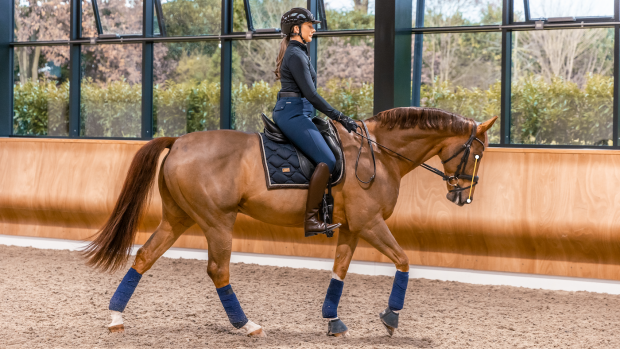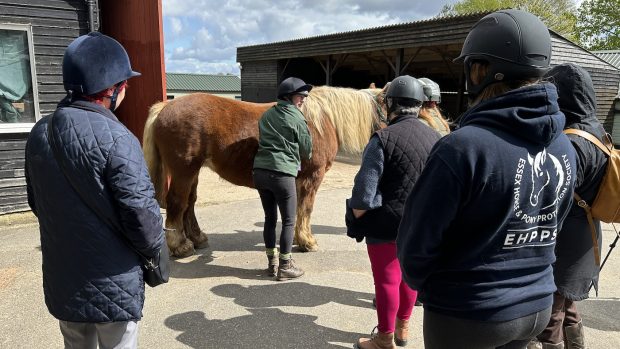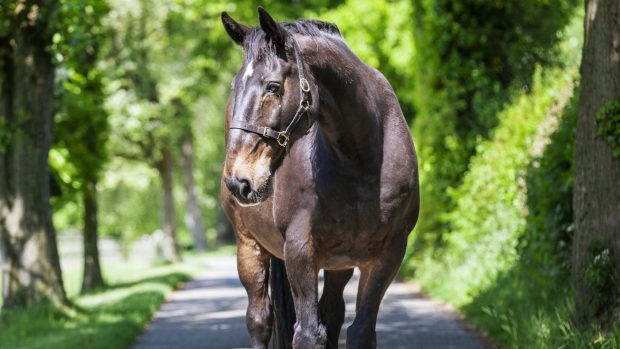- Pair of scurry ponies – registered with scurry driving’s governing body
- Pairs harness – webbing or leather
- Scurry vehicle – a specially designed phaeton which can corner at speed
- Smart clothing for competitions
- An agile and brave groom to balance the vehicle
- Transport to get driver, groom, scurry cart and ponies to the event
- An extra pair of hands is always useful
Ideal scurry ponies
Scurry ponies should be intelligent, sensible, and easy to train. Ideal ponies are obedient, fast, athletic and above allcontrollable.
According to the BHDTA: “Any of the British native pony breeds are suitable for scurry, with Welsh Mountain Ponies popular for the under-12hh class, while Welsh ponies or riding types are most popular for the over-12hh class.
“A match for colour and exact size is not as important as temperament, speed, and manoeuvrability. Many ex-childrens’ riding ponies and former gymkhana ponies have proved to be excellent choices for scurry driving.”
The Beans advise newcomers to purchase a pair of established ponies to learn the ropes with.
“A new driver needs to get some experience with a small pair of ponies that have been there and done it,” says Ron. “The ponies donot have to be top class, but they need to know their job and be safe.
“A pair of Shetlands can be an ideal starting point because they are likely to be a little slower than a 12hh pair.
“Talking to scurry drivers who areon the circuit is probably the best way to acquire an established pair.”
For more information about scurry driving, contact the BHDTA (tel: 01347 878789) or visit www.horsedrivingtrials.co.uk





